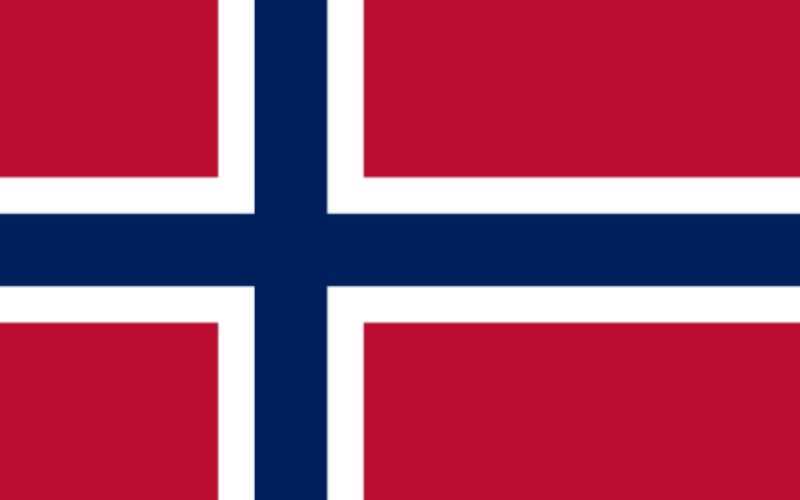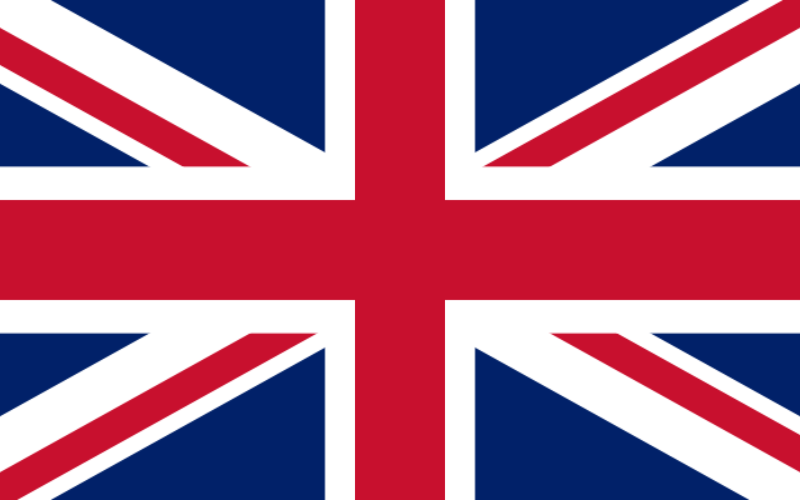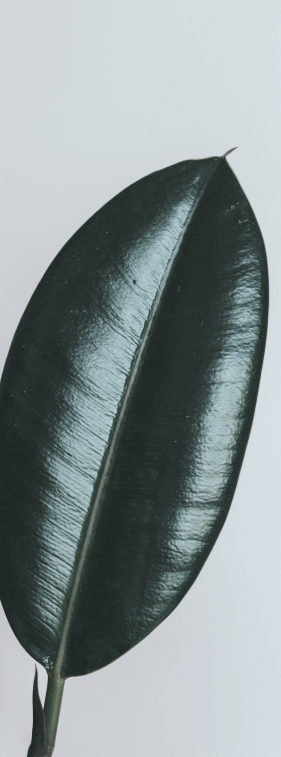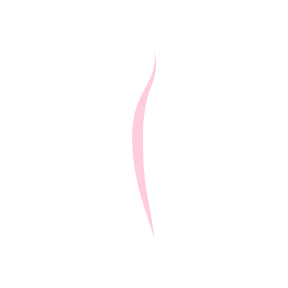
Introduction of fat grafting: macro, micro, nano fat
Select treatment to see more details:
- Nanofat to improve hair growth
- Facial fat grafting
- Rhinoplasty without visible scarring
- Eye region, Periorbital, Fat grafting: Upper eyelid, under eye, tear trough and for dark circles under the eyes
- Chin augmentation with your own fat
- Breast augmentation with own fat and figure shaping
- Breast lift with own fat and figure shaping
- Hybrid breast augmentation with implant and fat
- Breast implant conversion
- Brazilian Butt Lift - BBL
- Labia augmentation with your own fat
- Reduction of the introitus with fat grafting or plastic surgery
- Vaginoplasty / tightening of the vaginal canal with fat grafting
- Foot Fat Pad Syndrome - Fat grafting to the foot
- Add augmentation with fat grafting
- Scar treatment with fat grafting - Micro and nano fat
Oslo Plastic Surgery has extensive and internationally recognized experience in fat grafting - from head to toe. There is an accumulation of thousands of procedures performed at the clinic with various indications such as treatment of the scalp, eyelids/face, chest/buttocks, calves and feet, as well as skin in general. These have been carefully studied and resulted in many publications over the years and are now collected in a recently published 2-volume book with 242 co-authors from around the world, under the editor in chief, our chief physician at the clinic, Dr. Amin Kalaaji. We are therefore very proud of our achievement and grateful to our patients and staff at the clinic who have contributed to this masterpiece. See the link:
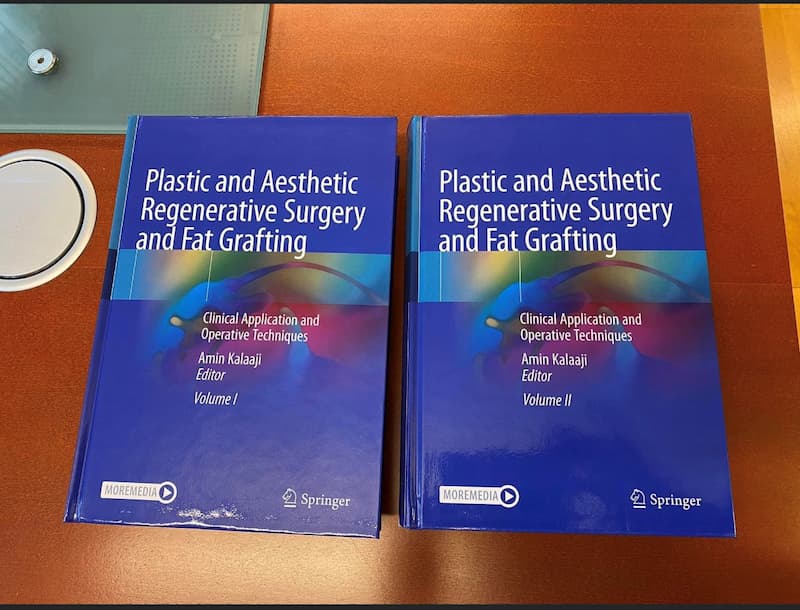
Fat grafting is a procedure where fat is harvested from one part of the body, processed (processed) and transplanted (injected) into another area where it lacks volume and/or elasticity. The fat is harvested via special cannulas, gently processed using the Coleman's technique and decanting, i.e. allowing the fat to sink and separating the fat cells from blood, oil and fluid from the local anesthetic.
Sometimes we use vibration technique to remove fat with the PAL-650 from MicroAire®machine. This is done under sedation and local anesthesia, with an anesthesia and surgical nurse.
It is assumed that you have areas on your body with excess fat and a desire to harvest from, which can be used. Typical good areas are the stomach, inner or outer thighs, inner knees, back and hips.
The amount and type of fat that is moved depends on both the desired volume in the area you want to correct and how much you have to lose. For the most part, relatively moderate amounts of fat are involved; if too much fat is removed, the fat cells die as they need good blood circulation and tissue to survive.
Usually the fat integrates (incorporates, grows) well in the receiving area, but you should expect the body to absorb about 30% of the fat in the first few months (somewhat less in the head region as it has good circulation in the receiving sites), so you fill up a little more than you need to compensate for this. In addition, you will be somewhat swollen in the first few weeks, which gives the impression of more volume. Minor unevenness may therefore occur after surgery, but this can be corrected within the warranty period.
During the consultation, your wishes and needs are thoroughly assessed with regard to the overall picture and the possibility of harvesting fat. If there is an indication for other procedures, we will assess whether they should be performed at the same time or separately.
In a standard fat injection, small puncture holes of approx. 1-2 mm are made to inject the fat. We close the wound with stitches that dissolve by themselves, except for transplants to the face where we do not sew, and only close with tape. It is important not to expose these injection wounds to the sun for at least 12 months after surgery to avoid scarring and pigment changes. Cover with either tape and/or high factor (Sun Block min SP30).
There are 3 main types of fat grafting based on the size of the fat particles harvested, the area to which you are moving and also the indication for the procedure in recipient sites:
- Macrofat Grafting: 2.5 mm parcel size or fat particle size 2.5 mm or larger cannula, (not used in the face). Used for large volume fat grafting as in breast augmentation with fat, hybrid treatment with fat and implant, and Conversion exchange implant with fat, buttock augmentation with fat/BBL or fat to calves. The fat is harvested with large cannulas of 2.5-4 mm.
- Millifat Parcel Size: or fat particle size of 1.2-2.4 mm (1.2-2.5 mm cannula)
- Microfat Grafting: less than 1.2 mm (0.5-1.2 mm cannula), fat particle volume is less than 1.2. Used for smaller volumes of fat grafting such as for the face, small defects in the body, vaginal canal and external labia, as well as for scar treatment.
- Nanofat Grafting: less than 800 Microne (needle of 27 or 30 G). Nanofat grafting takes the treatment one step further. It separates the stem cells and growth factors from the fat, with cells that can divide into new stem cells, or in this case, new skin cells. Nanofat is a relatively new type of treatment that aims to regenerate rather than fill volume. The fat cells have a particle size of 800 microns, and the fat is harvested with small cannulas of less than 1mm and smaller. The fat is then processed by passing between two syringes for emulsification of the fat, i.e. to separate the bag of fiber cells etc. that you do not want from the stem cell fluid. Nanofat treatment improves skin quality, it can help to smooth out fine lines and small wrinkles, fine lines around the mouth and so-called crow's feet next to the eyes, as well as the tear trough. Although nanofat transplantation does not build up volume in the face, it has regenerative properties and provides beneficial effects on the quality and appearance of the skin, adding the stem cells that are in the nanofat after it has been separated from the tissue and fluid fat. Regenerative effect on the skin, i.e. on the renewal process in the skin - provides better elasticity, less pigmentation, thicker leather skin and fewer wrinkles. This results in a younger-looking and more resilient skin. The most common areas for Nanofat transplantation and fat grafting are the face and can be combined with other facial procedures, such as facelift, eyelid plastic surgery, forehead lift and eyebrow lift, lips. Can also be used for scar treatment, scalp for hair loss, dark circles under the eye and vaginal canal walls.
- Other types of fat grafting are Microneedling and Nanocreams, the latter being a relatively new product.
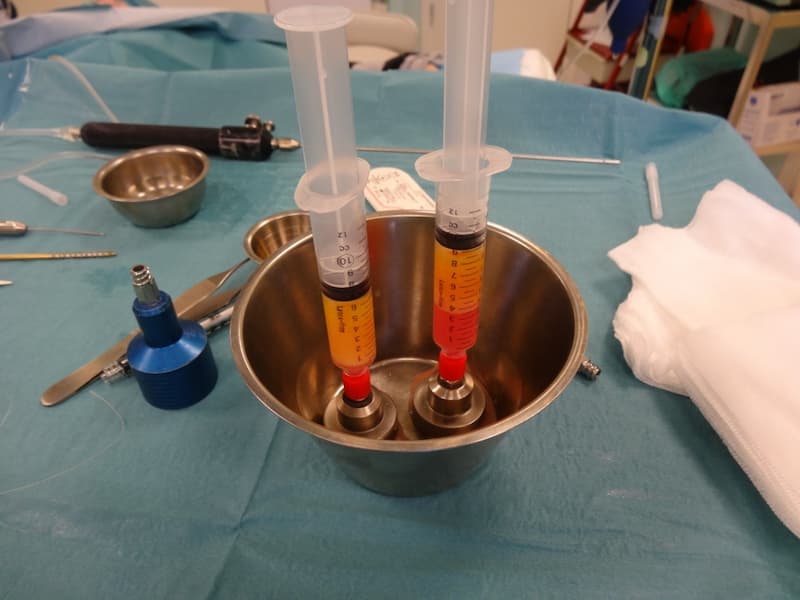
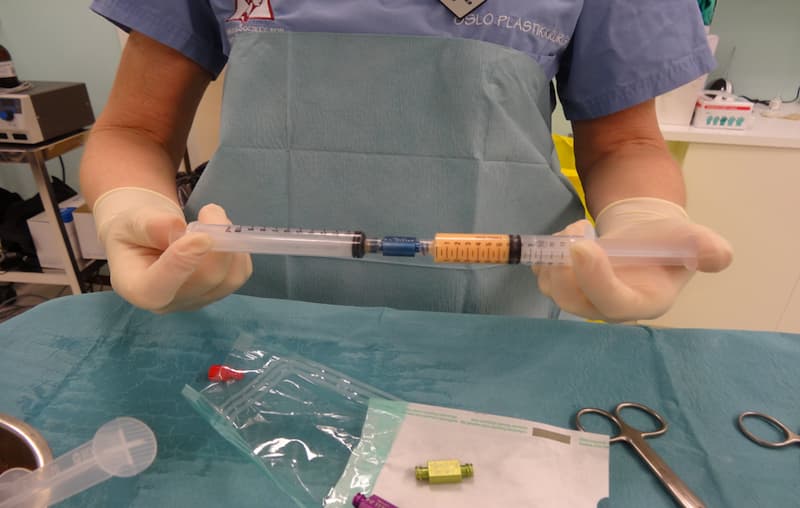
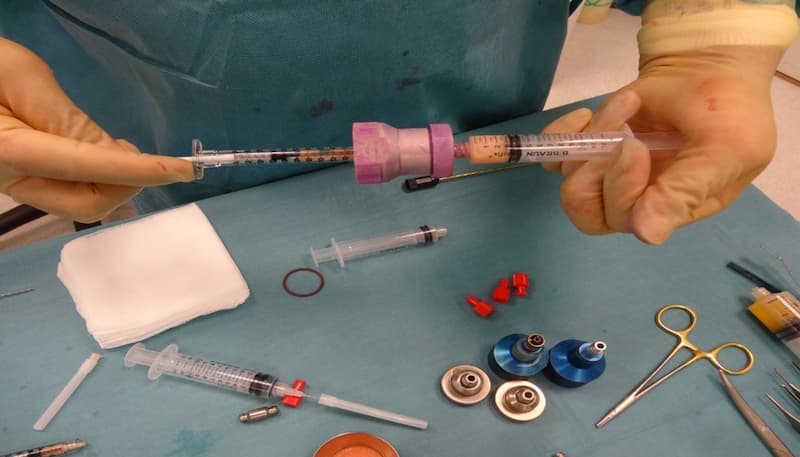
In the case of fat grafting, pressure should not be applied to the fat grafting area with the use of compression garments for the donor present in the time after the procedure where liposuction is used when harvesting large amounts, if it is small amounts of less than 30 ml then in principle it is not needed. How long depends on the volume and you will be given this at the clinic on the day of the operation.
Pick-up and accommodation
You must arrange in advance for someone to pick you up at the clinic approx. 1 hour after the end of the operation, as you cannot drive, take public transport or a taxi on your own. You must also have someone with you the same day and the first night.
If you live far from the clinic, we recommend that you stay overnight in Oslo, either with family/friends or in a hotel.
Hotels near Oslo Plastic Surgery;
Frogner House Apartments, Bygdøy Allé 53. Website; https://frognerhouse.no (we have an agreement with Frogner House Apartments) inform about us when booking a room.
Hotel Gabels Hus in Gabelsgate 16. Website; www.nordicchoicehotels.no
Before surgery
You must be healthy on the day of surgery. If you are in doubt whether you have a cold or similar, please contact us. The operation is not performed when you have influenza with fever, cough or other infection in the body. Before the operation, you will receive a prescription for antibiotics, possibly painkillers and Hibiscrub solution 40 mg/ml, which you can buy at the pharmacy.
The day before surgery and on the day of surgery, you should wash your entire body with Hibiscrub solution in the shower. This is a disinfectant soap that should be rinsed off with water and the skin dried with a clean towel. Put on clean clothes when you leave home. Do not use perfume and lotion. All jewelry, piercings and nail polish/false nails must be removed no later than the day before surgery and replaced 7 to 10 days after surgery.
For the best possible result and to avoid complications, it is recommended that you have a normal weight and not an excessively high BMI. If you smoke, or use nicotine such as snus or electronic cigarettes, you must quit at least 2 weeks before surgery and 2 weeks after surgery.
You should come to the surgery fasting. This means that you should not eat food including fruit or drink juice with pulp or dairy products 6 hours before surgery. You may drink water, juice, juice without pulp or coffee/tea without dairy products or chew chewing gum/drops/throat lozenges up to 4 hours before surgery. Any medication that you may need to take on the day of surgery can be swallowed with 1 glass of water max. 100 ml up to 1 hour before the start of anesthesia.
It is important that you stop taking blood-thinning medication about 14 days before the operation, preferably in consultation with your GP or us. For other medications, please consult the clinic before the operation. A lot of garlic and health food preparations should also not be consumed.
You must arrange in advance for someone to pick you up at the clinic approx. 1 hour after the surgery, as you cannot drive, take public transport or a taxi on your own.
On the day of surgery
You will be met by our staff who will prepare you for the operation before the surgeon sees you. Before the actual procedure, the surgeon will go through the procedure, outline the planned procedure and answer any questions you may have. Anesthesia staff will also come and greet you and answer your questions.
When the surgery is about to begin, the surgical nurse will pick you up and clean the surgical area while the anesthesia staff gives you a sedative in your arm so that you sleep during surgery. In addition, the surgeon will place a local anesthetic in the surgical area for a long-lasting analgesic effect in the surgical area after surgery, which also reduces bleeding in the area.
After the operation, you will be moved to the recovery room where you will have your own bed. You will then rest for 1-2 hours and be served food and plenty of drinks in the form of bread, yogurt and juice (remember to inform us of any allergies). Painkillers are given if necessary.
The surgeon will check on you before your return home/hotel stay and you will be cleared by anesthesia staff before you go home with an adult companion. The PVK attached to your hand will be removed before you leave. A car or taxi must be used as a means of transportation immediately after surgery, we do not recommend public transport or walking.
After surgery
All patients come for a post-operative check-up the day after surgery. We recommend that you do not travel by air for the first 48 hours after surgery. During this time, a check-up appointment will be arranged in the clinic and you should come to the clinic for a check-up the day after surgery.
In the first few hours after surgery, you may feel a little tired and sometimes a little nauseous. It is important that you take painkillers as prescribed and as needed, and make sure you drink plenty of fluids for the first 24 hours. Some people may feel a little dizzy, so it's a good idea to take a few minutes to stand up.
The final result can only be assessed after 3-6 months. Follow-up check-ups are arranged with the clinic; the day after surgery, after 1-2 weeks and 3-6 months, as well as a final check-up after one year. You must call to arrange the check-ups yourself, or make an appointment with the clinic on the day of surgery.
Bleeding and infection are uncommon and in very few cases require reoperation and/or antibiotic treatment. Anesthetic complications, such as allergic reactions to anesthetics, are extremely rare.
Physical exercise and hard physical work should be postponed for about 4 weeks.
If correction is necessary due to complications or unsatisfactory results, this is done free of charge within one year, provided there is a medical indication and a clear potential for improvement. This is our warranty period
Select treatment to see more details:
- Nanofat to improve hair growth
- Facial fat grafting
- Rhinoplasty without visible scarring
- Eye region, Periorbital, Fat grafting: Upper eyelid, under eye, tear trough and for dark circles under the eyes
- Chin augmentation with your own fat
- Breast augmentation with own fat and figure shaping
- Breast lift with own fat and figure shaping
- Hybrid breast augmentation with implant and fat
- Breast implant conversion
- Brazilian Butt Lift - BBL
- Labia augmentation with your own fat
- Reduction of the introitus with fat grafting or plastic surgery
- Vaginoplasty / tightening of the vaginal canal with fat grafting
- Foot Fat Pad Syndrome - Fat grafting to the foot
- Add augmentation with fat grafting
- Scar treatment with fat grafting - Micro and nano fat
Ask for guidance and advice
We can provide the best advice face-to-face. We will guide you to the optimal solution for your needs.
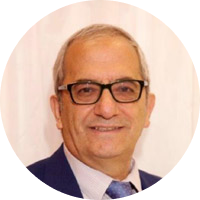
The responsible physician is Dr . Amin Kalaaji, senior consultant dr.med, specialist in plastic surgery and head of clinic at Oslo Plastic Surgery, and head of the Norwegian Society for Aesthetic Plastic Surgery (NFEP) 2018-2020.
Dr. Kalaaji holds many positions and gives lectures and training around the world. This benefits all our patients as he is always up to date on the latest and most advanced treatments and surgical techniques.
Patient safety, high quality and individual treatment are always our top priorities at Oslo Plastic Surgery.
FAQ - Frequently asked questions
Oslo Plastic Surgery answers frequently asked questions here, and we hope this will provide you with good information. We want to be helpful in the process before an operation. If you have any further questions, just write or call us.
Those who want a permanent and natural 'filler' on the face and body such as on the neck area and scalp, as well as skin rejuvenation skin treatment that is permanent, as well as in breast augmentation, intimate surgery and buttocks/BBL.
All patients must undergo a consultation before surgery. The consultation is conducted by our experienced plastic surgeon, who will ask you questions about your medical status; previous or current illnesses, previous operations, use of medication, etc. An examination will then be carried out and the surgeon will consider a possible operation.
If you are suitable for surgery, you will receive information about the surgery itself, precautions for the time before and after the procedure, and you will get answers to your questions.
For patients with long travel distances, we offer consultations by telephone and/or video consultation. We will send you a health information form to be completed and returned to us before the consultation. You also send us some photos.
Should surgery be required, the surgeon will conduct a thorough assessment the day before the planned surgery.
You must be healthy on the day of surgery. If you are in doubt whether you have a cold or similar, please contact us. The operation is not performed when you have flu and/or fever or cough or other infection. Before the operation, you will receive a prescription for antibiotics, painkillers and Hibiscrub solution 40 mg/ml, which you can buy at the pharmacy.
If correction is necessary due to complications or unsatisfactory results, this is done free of charge within one year, provided there is a medical indication and a clear potential for improvement. This is our one-year guarantee agreement.
